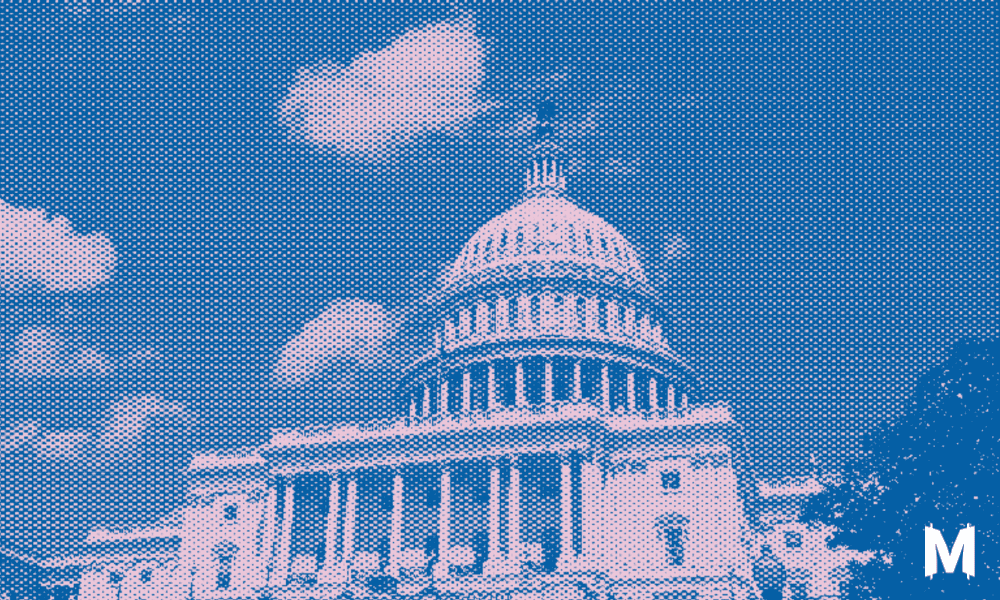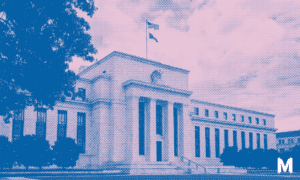The U.S. Senate passed the “Inflation Reduction Act”, a $430 billion government spending bill that aims to bring down inflation.
The “Inflation Reduction Act” is really a climate and healthcare bill. Over $300 billion will be invested in energy and climate reform, the largest spending of this type in U.S. history. The bill’s aim is to lower greenhouse gas emissions by 40% by the end of the decade.
So why isn’t it called “Greenhouse Emissions Reduction Act” or something similar?
Inflation has become a major concern for Americans in 2021 and 2022, so the bill aims to tackle climate and healthcare issues under the premise of reducing inflation.
As of today, the official U.S. year-over-year inflation rate is 9.1%. Inflation began surging in 2021 and 2022, but the reasons for the heightened inflation are debated. Some mainstream economists like Paul Krugman didn’t see inflation coming at all and were taken by surprise.
Others attribute it to external factors like oil prices, the Russian-Ukraine war or supply shocks. The debate surrounding inflation is nothing new.
Back in the early 1980s, when inflation surged to almost 15%, Milton Friedman made it clear that inflation is “always and everywhere a monetary phenomenon”, despite external factors such as the Arab oil embargo in 1973 and the Iranian revolution in 1979.
Prior to this period, dubbed the “Great Inflation”, the Federal Reserve engaged in loose monetary policy to keep unemployment low. The Keynesian model at the time, the “Philips Curve”, implied that unemployment and inflation are inversely correlated. This theory was invalidated during the Stagflation of the 1980s.
Additionally to the easy monetary policy by the Fed, the U.S. government under president Lyndon B. Johnson pushed several huge spending programs under the label “Great Society”. The programs were mostly aimed at reducing poverty and injustice. On top of this, government spending to fund the Vietnam War also contributed to the Great Inflation between 1965-1982.
When the “Inflation Reduction Act” passed over the weekend, critics and bitcoiners voiced their concerns on Twitter about the U.S. government’s plan to reduce inflation by increasing government spending, which in part is financed by the Federal Reserve.
When the Fed monetizes U.S. government debt, it creates new money and purchases Treasuries with it. This process, according to monetarists like Milton Friedman and Austrian economists is always inflationary.
The government’s plan, however, is to use the $430 billion in government spending along with taxation to bring down inflation. The Congressional Budget Office estimated that the bill would bring down the government’s deficit by up to $100 billion over the next 10 years.
Additionally, the bill is thought to increase the supply of energy. When there is more supply than demand, energy prices should come down. However, even several mainstream economists view the effects of the “Inflation Spending Act” on inflation as modest.
Whether you believe the “Inflation Reduction Act” will actually help curb inflation, have no effect at all or end up making inflation worse greatly depends on whether your line of thinking follows Keynesian economics, Monetarism or Austrian economics.
Friedman and Keynes would have very different opinions about the matter if they were still alive. And the same is true today.




